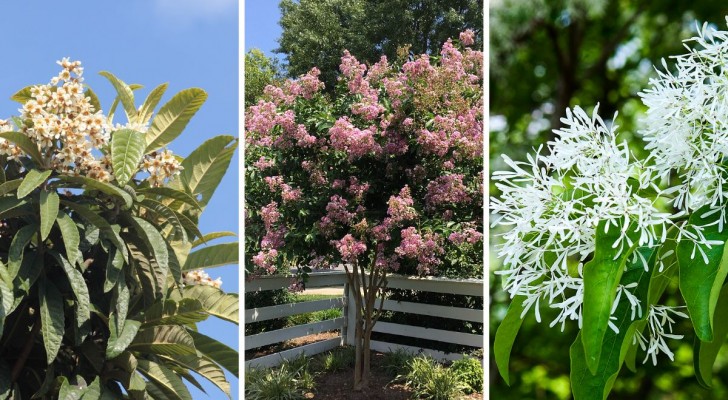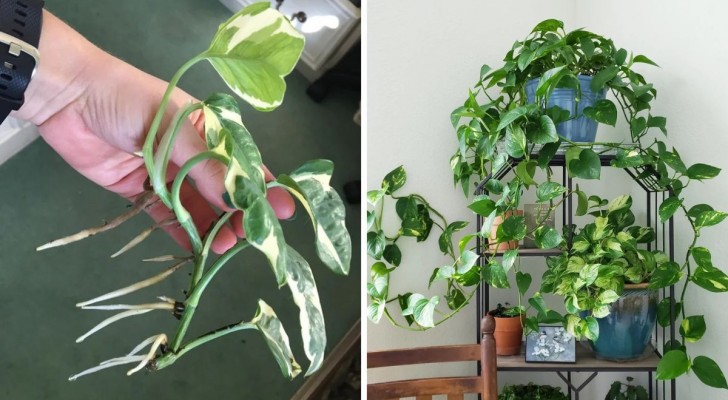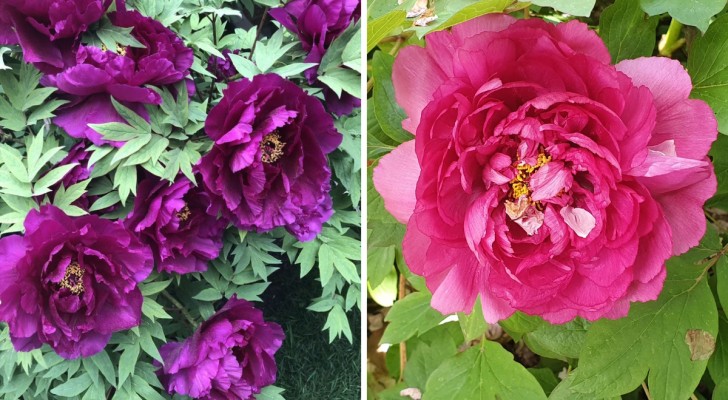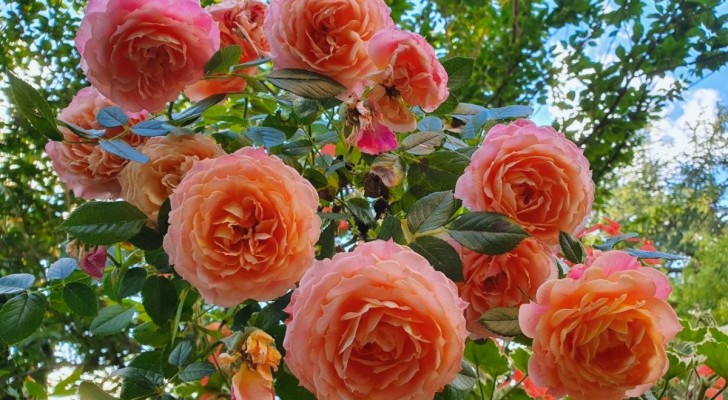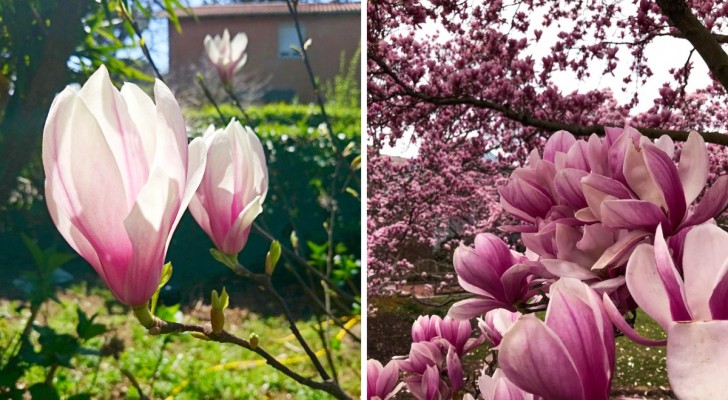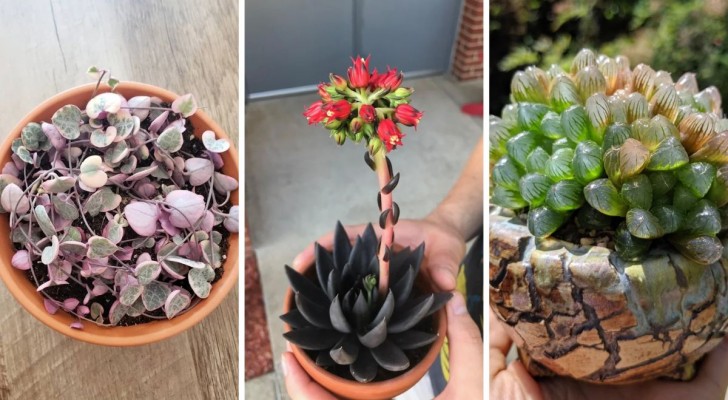15 useful tips to protect potted plants from summer heat
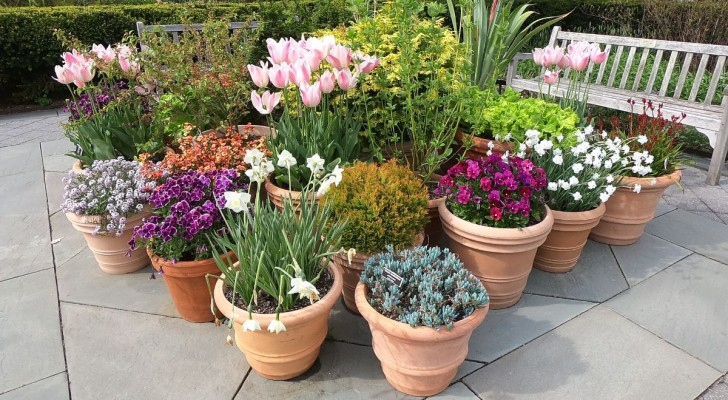
Summer heat forces most of us to deal with its effects. And like us, our plants at home or in the garden are affected, especially those that grow in pots. In fact, those that are planted in the open ground have more resources to draw on when it gets really hot - thanks to the humidity retained in the soil. On the contrary, vases heat up and dry out much more rapidly.
So, how can we help out our potted plants? There are a number of precautions you can take:
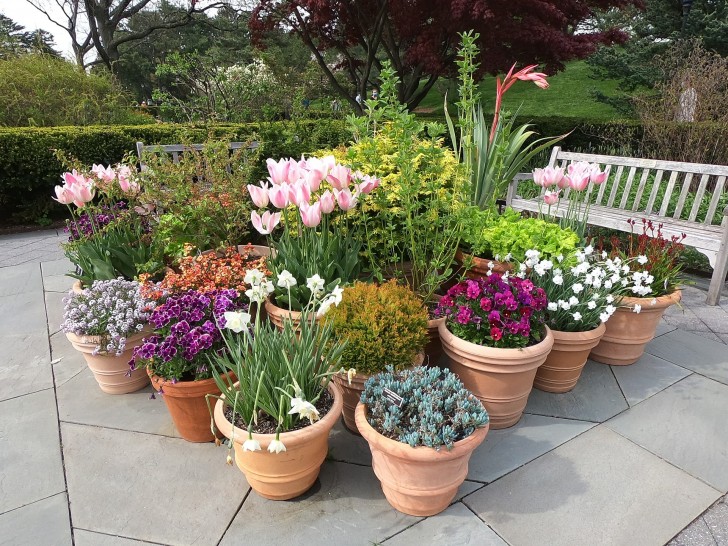
First of all, we need to be aware of the growing conditions that we can offer our plants: if the balcony, terrace, patio or garden are exposed to the sun during the year, this will be true too in the summer. It will therefore be necessary first of all to choose plants that love exposure to full sunlight and better yet to select the types that are more capable of withstanding periods of drought. Succulents are the first that come to mind, and this is a very large plant family, which goes far beyond the famous cacti and "succulent" types.
So-called Mediterranean plants, such as many herbs (lavender, rosemary, sage), are excellent for resisting the summer heat. And wherever you live, there are certainly entire families of endemic herb plants to consider. It's also a great way to keep the kitchen stocked with fresh spices.
It is also essential to choose the right pots: the best ones are always terracotta pots, but there are also thick plastic pots that guarantee better thermal insulation. Maybe you spend a little more when you set up your own green corner, but at least then you won't be wasting money on plants that will die in the heat. Also remember that the colors of the pots are important: however beautiful the dark ones look, if exposed to the sun, they will absorb more heat and make it more difficult for the plant to survive. Again, never forget to drill drainage holes, if missing. Even in the heat, water can stagnate and kill the roots.
Help the plants with under-vase/pot saucers, from which they can draw water from this extra supply. Fear these will attract mosquitoes, but in hot weather, the water evaporates quickly, so this risk is reduced.
Use expanded clay or other types of potting pebbles: you can sprinkle these on the surface of the soil around the base of the plants, and it will help retain moisture in the soil. Clay, in particular, is very porous so it can hold more water, which will then evaporate slowly, creating and holding a bit of humidity around the plant.
Similarly, you can use other organic materials to mulch the soil, then cover the surface with a layer that helps retain moisture in the soil for longer. The same rule applies to the lawn: when it's hot, if you really want to cut the grass, leave the clippings on the ground to protect and the cut grass from the heat!
Consider the location: if you have spots on the balcony or in the garden that are shaded, move the plants there so that they are protected during the hottest hours of the day. Otherwise, put up umbrellas, awnings or shade sails to protect the pots. Again, if you can move the pots onto the lawn or open ground - which heat up less than pots - that can help a lot too!
In order not to waste water, always water early in the morning or late in the evening (the latter option is the best), when the temperatures are cooler the plant has longer to drink. Also water abundantly, and do this as soon as the soil is dry at the top. You'll quickly learn that this requirement varies for the various types of plants you have, but eventually you can group those that need water once a week, twice a week, etc.
Finally, avoid giving fertilizer to plants during periods of great heat: the more you stimulate the plant to grow the more "extra energy" it needs to do so (which means watering more often).
